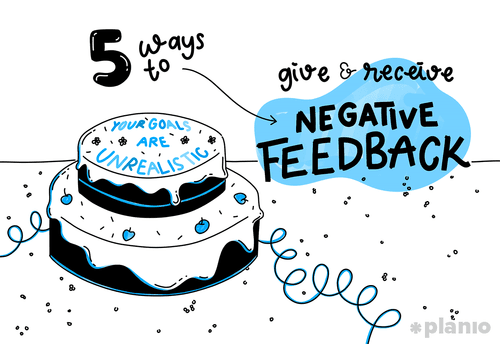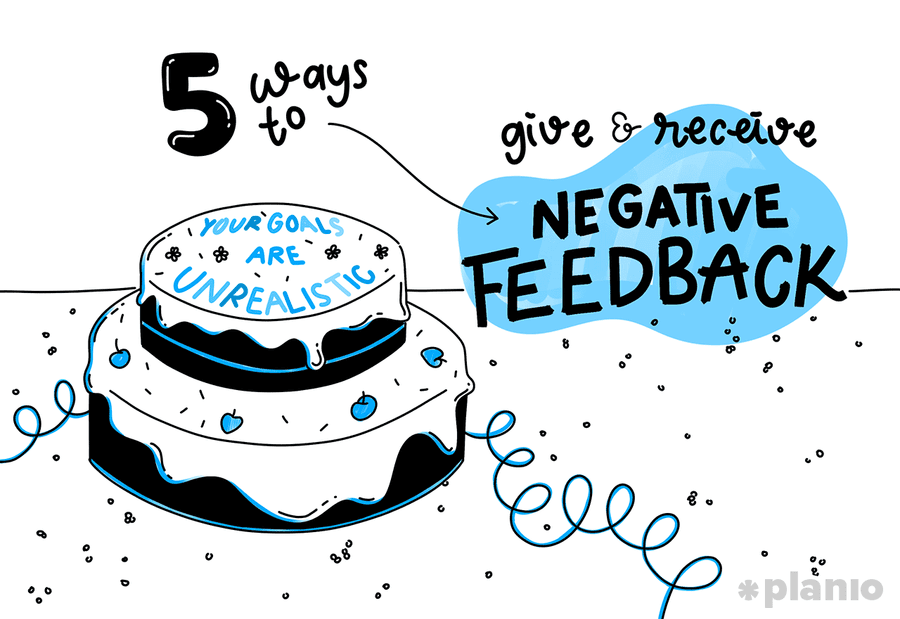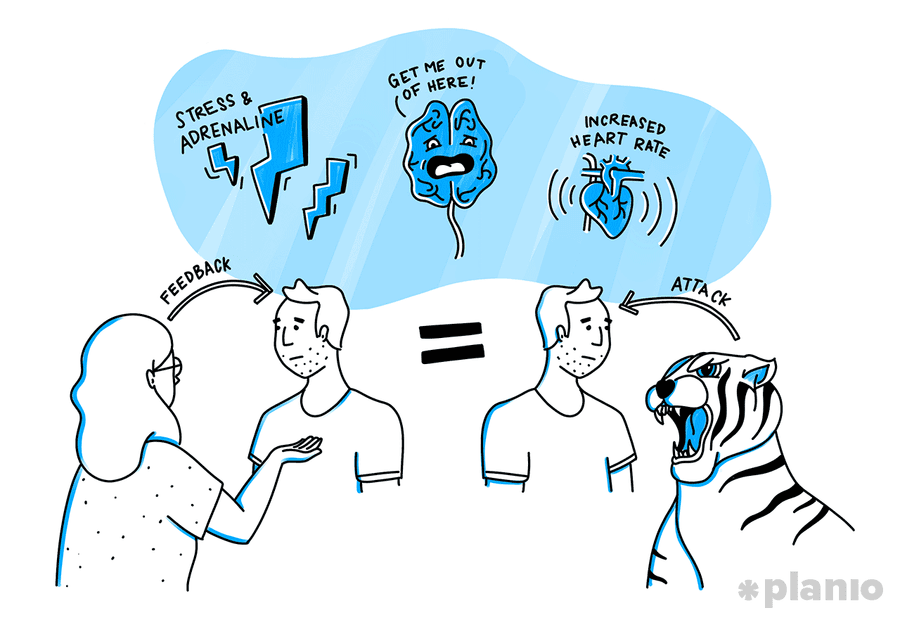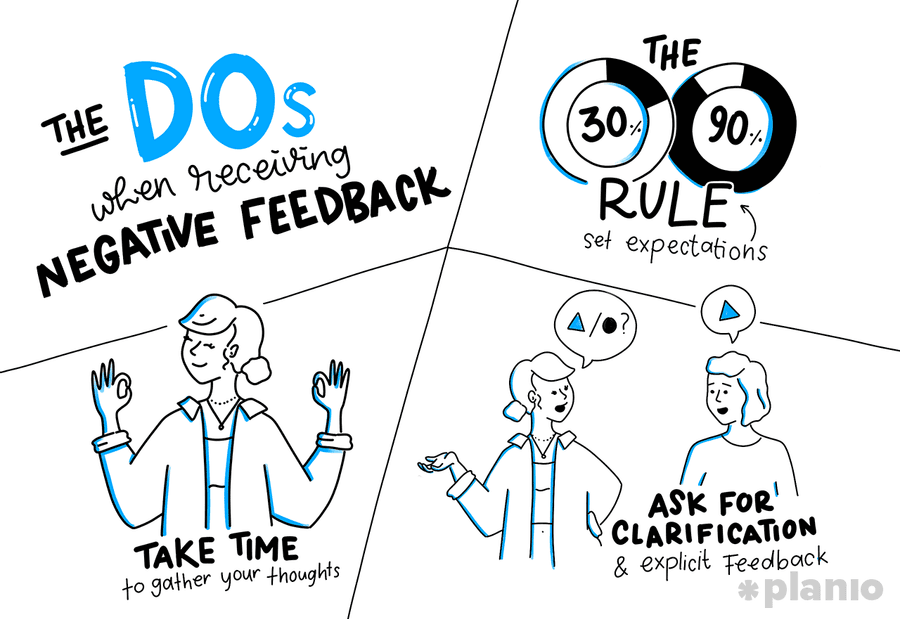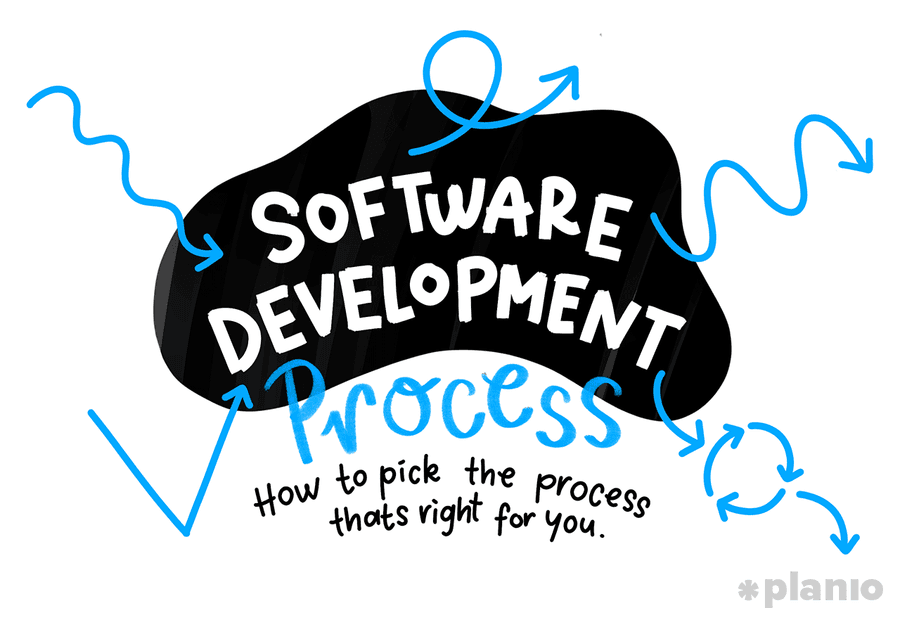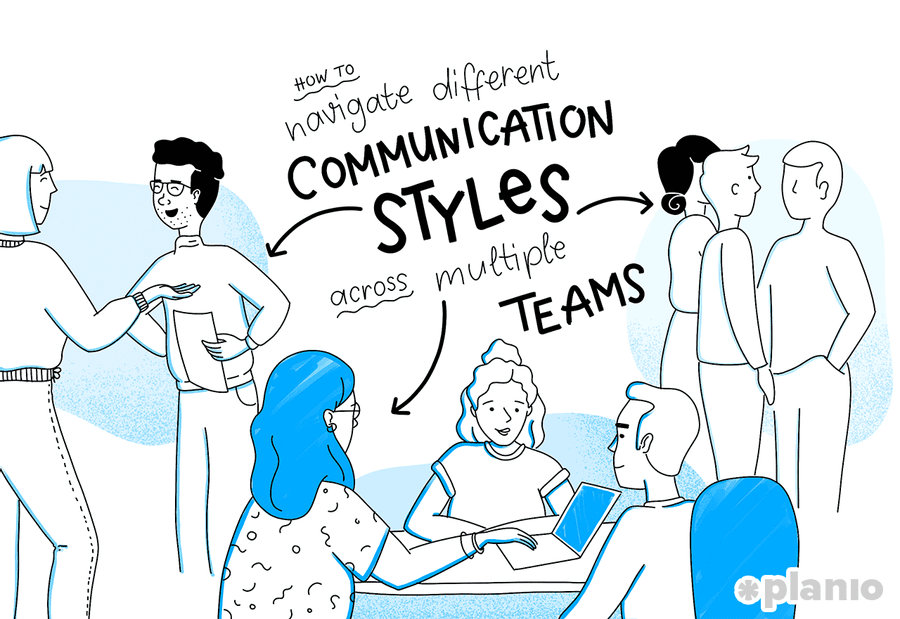5 Ways to Give (And Receive) Negative Feedback | Planio
Curated from: plan.io
Ideas, facts & insights covering these topics:
8 ideas
·4.95K reads
28
Explore the World's Best Ideas
Join today and uncover 100+ curated journeys from 50+ topics. Unlock access to our mobile app with extensive features.
Negative Feedback
Negative feedback is a more important component of the feedback cycle than positive feedback. 92% of people say in a study that negative feedback improves workplace performance.
To do it right:
- Check how it will impact the individual
- Make it guidance or advice
- Be direct
- Let it be an area of improvement information
- Build a culture of trust.
233
895 reads
Why are people scared of Feedback
Normally people react with caution and fear towards negative feedback, but it is much better than no feedback at all.
Informing the colleague/subordinate/client/customer or individual about something that is not working, is always beneficial, and builds transparency and trust.
196
721 reads
Check how it impacts the person
The fundamental goal of giving feedback is to help the person you’re giving it to. They should realize that you are not trying to make them feel bad, and this is an exercise to help make them better.
How it impacts each individual is going to be different so a tailor-made approach is required.
199
538 reads
Reframe it as Advice or Guidance
If the word Feedback sounds loaded and negative by default, we can reframe it by calling it a less critical name like guidance or advice.
204
642 reads
Be Direct
Remove superficial compliments (like the Sandwich Method) and instead be genuine, direct and to the point.
195
605 reads
Focus on the areas of improvement
Be informative and keep the focus on the areas of improvement.
This is done by being specific, work-oriented only, and providing feedback on time, when it is relevant.
Explain how it relates to company objectives, making sure it is documented, with the action plan in place.
192
465 reads
Build a culture of Trust
Negative feedback is effective when it is coming from a trustworthy person.
If the person receiving the feedback is not validated first, he or she may feel threatened and stressed after a feedback session.
189
481 reads
Receiving Negative Feedback
- Do not react right away or in a defensive way.
- Do not take it personally.
- Do not justify the feedback, or ignore it.
- Don't wait to be offered feedback at the last stage.
- Take your time to gather your thoughts and do not be overly negative to yourself.
- Do ask for clarification, if required.
- Do set and align your expectations.
233
611 reads
IDEAS CURATED BY
Problem solver. Award-winning reader. Devoted food geek. Certified travel evangelist. Incurable explorer.
Thea T.'s ideas are part of this journey:
Learn more about communication with this collection
Leonardo da Vinci's creative process
How to approach problem-solving like da Vinci
The importance of curiosity and observation
Related collections
Similar ideas
5 ideas
How to Give Feedback Effectively?
asana.com
2 ideas
Step-by-Step: How to Give and Receive Feedback at Work
open.buffer.com
11 ideas
How to give constructive design feedback
sketch.com
Read & Learn
20x Faster
without
deepstash
with
deepstash
with
deepstash
Personalized microlearning
—
100+ Learning Journeys
—
Access to 200,000+ ideas
—
Access to the mobile app
—
Unlimited idea saving
—
—
Unlimited history
—
—
Unlimited listening to ideas
—
—
Downloading & offline access
—
—
Supercharge your mind with one idea per day
Enter your email and spend 1 minute every day to learn something new.
I agree to receive email updates
